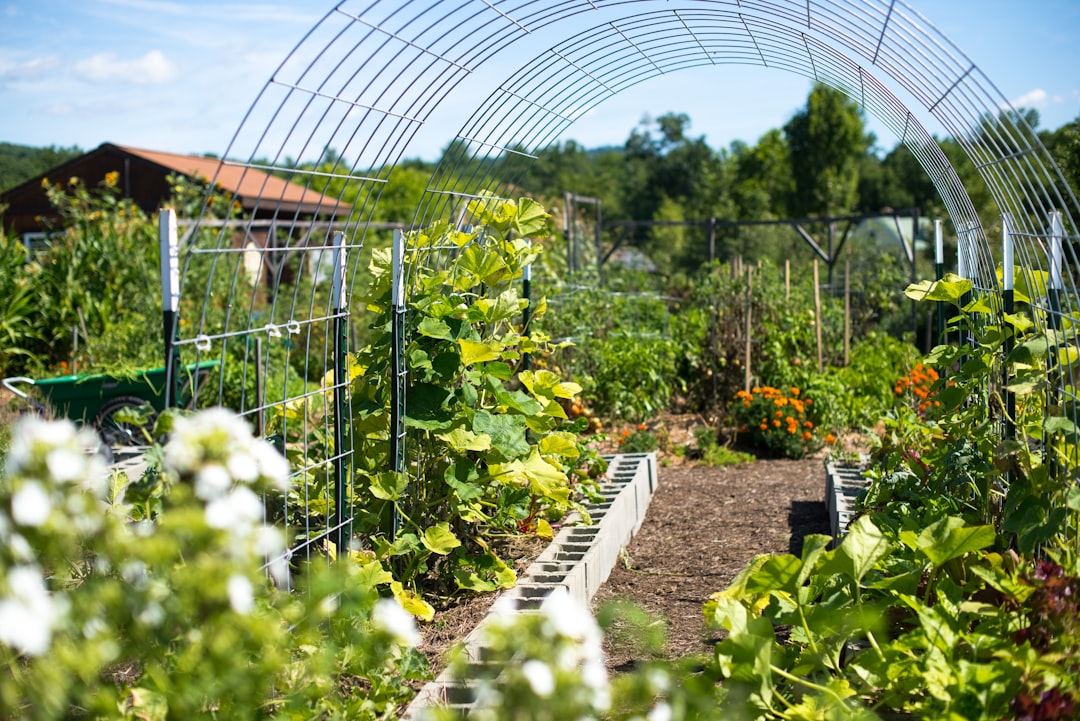Container Gardening: A Big Solution for Small Spaces

Edible gardening has witnessed a remarkable surge in popularity, especially in urban areas where space is often at a premium. Among the various vegetables that can be grown, pumpkins stand out as an exciting and rewarding choice. While pumpkins are typically associated with large, sprawling fields, growing them in containers is an innovative and practical solution that allows urban dwellers and those with limited space to enjoy the pleasures of cultivating these iconic gourds.
One of the primary advantages of growing pumpkins in containers is the ability to control the growing environment. Containers offer the flexibility to place the plants in optimal locations, ensuring they receive the right amount of sunlight, water, and nutrients. This is particularly beneficial in urban settings, where buildings and other structures can create shade and limit the available sunlight. By carefully positioning the containers, gardeners can maximize the exposure of the pumpkins to sunlight, which is essential for their growth and development.
Another significant advantage of container gardening is the ease of maintenance. Unlike traditional gardens, containers require less weeding and are less susceptible to pests and diseases. This is because the confined space of the container makes it more difficult for weeds to take root and for pests to access the plants. Additionally, container gardening allows for more precise watering and fertilization, ensuring that the pumpkins receive the exact amount of water and nutrients they need. This not only promotes healthy growth but also reduces the risk of overwatering and nutrient deficiencies.
When it comes to choosing the right container for growing pumpkins, size matters. Pumpkins have extensive root systems, so it is important to select a container that is large enough to accommodate their growth. A container with a capacity of at least 20 gallons is recommended for growing a single pumpkin plant. The container should also have drainage holes to prevent water from accumulating and causing root rot. Additionally, it is important to choose a container made of a durable material, such as plastic or ceramic, that can withstand the weight of the soil and the plant.
Once you have selected the right container, it is time to prepare the soil. Pumpkins prefer well-drained, fertile soil that is rich in organic matter. You can create a suitable growing medium by mixing equal parts of potting soil, compost, and perlite. This will provide the pumpkins with the nutrients they need to grow strong and healthy. It is also a good idea to add a slow-release fertilizer to the soil before planting to ensure a steady supply of nutrients throughout the growing season.
When planting the pumpkins, it is important to space the seeds or seedlings properly. Pumpkins are vining plants that require plenty of room to spread out. For container gardening, it is recommended to plant one or two pumpkin plants per container. If you are planting seeds, sow them about an inch deep and space them about 6 inches apart. If you are using seedlings, plant them at the same depth as they were in their original container and space them about 12 inches apart.
After planting, it is important to water the pumpkins regularly. Pumpkins require a lot of water, especially during the hot summer months. However, it is important not to overwater them, as this can lead to root rot. A good rule of thumb is to water the pumpkins when the top inch of soil feels dry to the touch. You can also use a soaker hose or drip irrigation system to ensure that the water is delivered directly to the roots of the plants.
In addition to watering, it is also important to fertilize the pumpkins regularly. Pumpkins are heavy feeders that require a lot of nutrients to grow and produce fruit. You can use a balanced fertilizer, such as a 10-10-10 or 20-20-20 fertilizer, to provide the pumpkins with the nutrients they need. Apply the fertilizer according to the instructions on the package, usually every two to three weeks during the growing season.
As the pumpkins grow, it is important to provide them with support. Pumpkins are vining plants that can become quite heavy, especially when they are laden with fruit. You can use a trellis, fence, or other support structure to help the pumpkins climb and keep them off the ground. This will not only prevent the fruit from rotting but also make it easier to harvest the pumpkins when they are ready.
Finally, it is important to monitor the pumpkins for pests and diseases. Pumpkins are susceptible to a variety of pests and diseases, including aphids, squash bugs, powdery mildew, and downy mildew. To prevent these problems, it is important to keep the garden clean and free of debris, and to remove any infected plants or leaves immediately. You can also use organic pest control methods, such as neem oil or insecticidal soap, to control pests and diseases.
In conclusion, growing pumpkins in containers is a great way to enjoy the pleasures of edible gardening, even in small spaces. By following these tips and techniques, you can successfully grow healthy, productive pumpkins in containers. So, why not give it a try? With a little patience and care, you can enjoy the satisfaction of harvesting your own delicious pumpkins right from your own backyard.